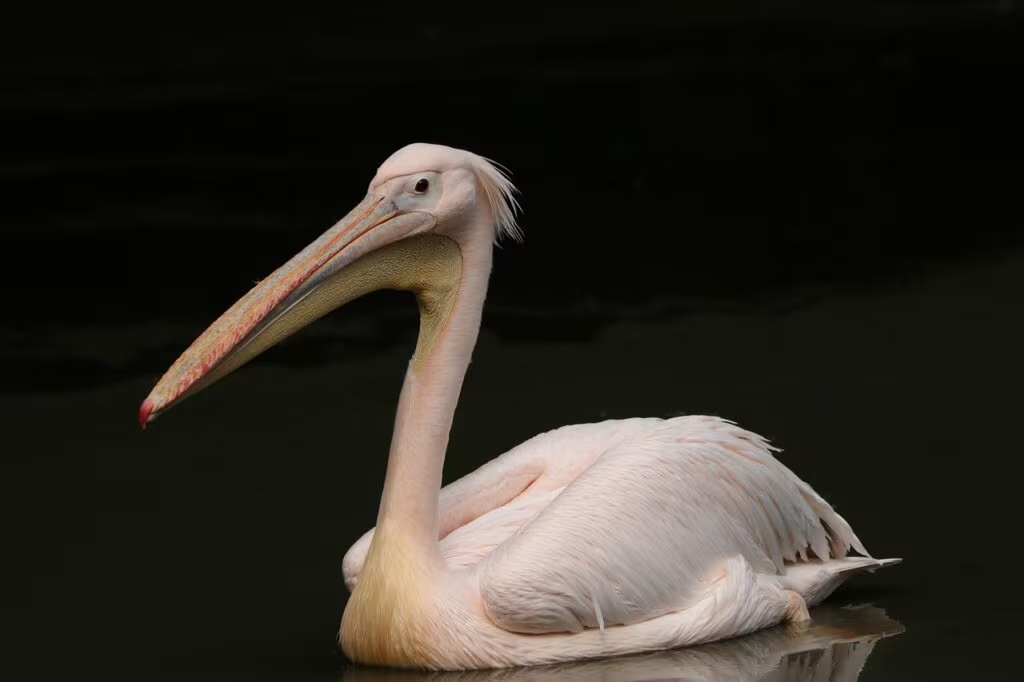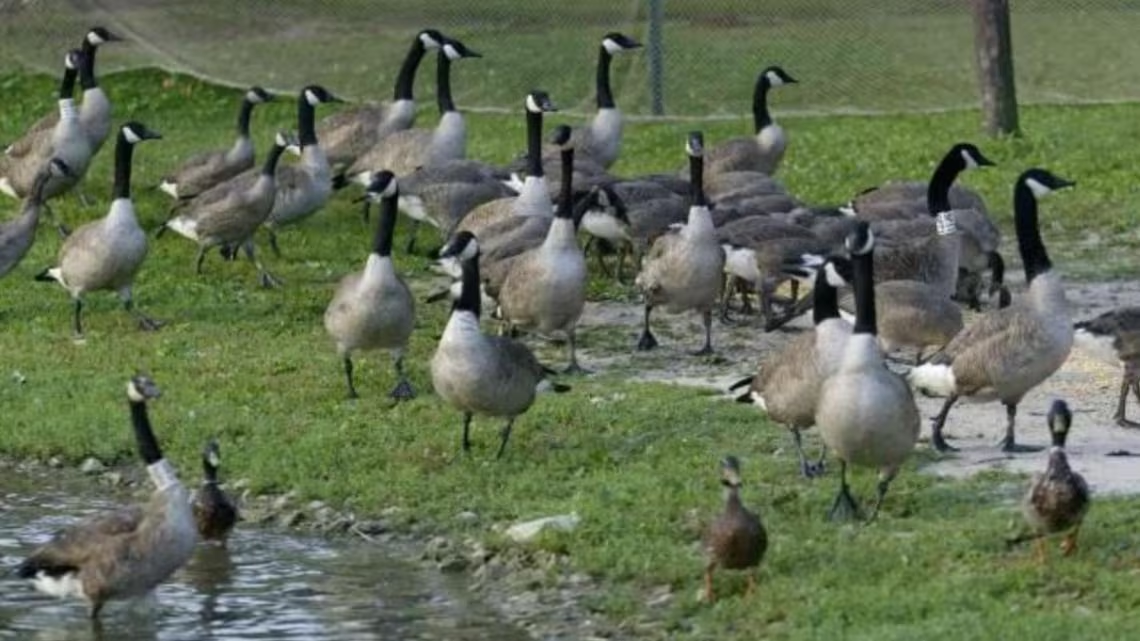Highly Pathogenic Avian Influenza Detected in Wild Birds Across Missouri
The Missouri Department of Conservation (MDC) has confirmed an outbreak of Highly Pathogenic Avian Influenza (HPAI) across several communities in the state, including St. Louis County. The confirmation follows the discovery of numerous deceased waterfowl and raptors, signaling the virus’s active presence in the wild bird population.
This development is critical for residents, particularly those who own backyard poultry or frequently interact with wildlife, as HPAI poses significant risks to domestic bird populations and requires immediate precautionary measures from the public.
Understanding the Avian Influenza Threat
Avian Influenza, commonly known as bird flu, is a highly contagious viral infection primarily affecting birds. While HPAI strains are devastating to domestic poultry, they can also cause severe illness and death in wild birds, particularly ducks, geese, and birds of prey (raptors).
The MDC initiated testing after receiving reports of unusual mortality events involving wild birds. The confirmed cases in St. Louis County and elsewhere in Missouri underscore the need for vigilance and adherence to established biosecurity protocols.

What the Public Needs to Know
While the primary concern is the protection of domestic poultry, the public plays a crucial role in monitoring and preventing the spread of the virus. Officials stress that the risk of HPAI transmission to humans remains very low, but caution is paramount when handling sick or dead animals.
If you encounter a sick or dead bird, follow these immediate steps:
- Do Not Touch: Never handle sick, injured, or dead birds with bare hands. This is the most important preventative measure.
- Keep Pets Away: Ensure pets, especially dogs, do not come into contact with deceased birds.
- Report Findings: Immediately report the discovery of three or more dead waterfowl or raptors in a single location to the MDC or your local animal health official.
Essential Safety Measures and Biosecurity
For Missouri residents, particularly those in affected areas like St. Louis County, implementing strict biosecurity measures is the most effective way to safeguard domestic flocks and prevent the virus from establishing a foothold in commercial or backyard operations.
Protecting Backyard Poultry Flocks
Backyard poultry owners must assume that the virus is present in the environment and take proactive steps to minimize contact between their birds and wild populations. The virus is often spread through the feces of infected wild birds.
Key Biosecurity Protocols:
- Limit Outdoor Access: Where possible, house domestic birds indoors or under cover to prevent contact with wild birds and their droppings.
- Secure Feed and Water: Store feed and water in areas inaccessible to wild birds and rodents. Use municipal water sources rather than surface water.
- Clean and Disinfect: Regularly clean and disinfect equipment, vehicles, and clothing that come into contact with your flock.
- Footwear Protocol: Dedicate specific footwear for use only inside the poultry area. Change clothes before entering and leaving the area.
- Monitor Health: Watch your flock closely for signs of illness, including sudden death, lack of energy, decreased egg production, swelling, or respiratory distress.

Reporting and Surveillance
Effective surveillance is critical to tracking the spread of HPAI. The MDC relies on public reports to identify new clusters of infection. Reporting unusual wildlife deaths allows health officials to quickly assess the situation and implement targeted responses.
Contact Information for Reporting:
- Missouri Department of Conservation (MDC): For reporting wild bird deaths.
- Missouri Department of Agriculture (MDA): For reporting illness in domestic poultry.
Prompt reporting helps authorities determine the extent of the outbreak and issue timely warnings to surrounding communities.
Historical Context and Future Outlook
The current HPAI strain circulating globally has led to significant outbreaks in North America over the past few years, impacting both commercial poultry operations and wild bird populations. While Missouri has dealt with avian influenza previously, the confirmation in St. Louis County—a highly populated area—highlights the pervasive nature of the current strain.
Authorities are working closely with federal partners, including the U.S. Department of Agriculture (USDA), to monitor the situation. The focus remains on containment in wild populations and rigorous protection of domestic poultry to maintain the integrity of the food supply and prevent economic losses.
Key Takeaways for Missouri Residents
To summarize the most critical information regarding the confirmed HPAI outbreak:
- Outbreak Location: Confirmed in St. Louis County and other parts of Missouri.
- Affected Species: Primarily waterfowl and raptors (wild birds).
- Human Risk: The risk of transmission to humans is considered very low.
- Precaution: Do not touch sick or dead birds; report findings immediately to the MDC.
- Poultry Owners: Implement strict biosecurity measures, including limiting outdoor access and securing feed, to protect domestic flocks.
Conclusion: Vigilance is the Best Defense
The confirmation of the bird flu outbreak in Missouri serves as a crucial reminder of the ongoing threat posed by HPAI to avian populations. By adhering to the safety guidelines provided by the Missouri Department of Conservation and local health agencies, residents can significantly reduce the risk of further transmission and protect the state’s valuable domestic poultry industry. Continued vigilance and prompt reporting are the most effective tools in managing this wildlife health crisis.
Original author: Hunter Bassler
Originally published: October 31, 2025
Editorial note: Our team reviewed and enhanced this coverage with AI-assisted tools and human editing to add helpful context while preserving verified facts and quotations from the original source.
We encourage you to consult the publisher above for the complete report and to reach out if you spot inaccuracies or compliance concerns.

